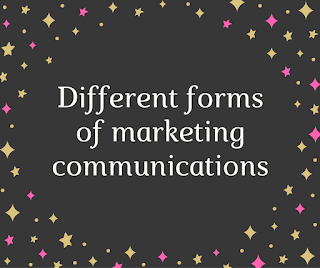Different forms of marketing communications
- Are promotional messages that users can respond to by clicking on the banner and following the link to a product description or offering.
- Are a way of placing full-page messages between the current and destination pages of a user. They are usually inserted within a single site, and are displayed as the user moves from one page to the next; they can also made to appear as users move a among sites
- Are rich media ads developed by Unicast that pre-load into a browser’s cache and do not play until fully loaded and the user clicks another page.
- Is a relatively recent phenomenon. Firms now pay search engines for inclusion in the search engine index (formerly free and based on “objective” criteria), receiving a guarantee that their firm will appear in the results of relevant searches.
- Are paid efforts to tie and advertiser’s name to particular information, an event, or a venue in a way that reinforces its brand in a positive yet not overtly commercial manner. Advertorials are a common form of online sponsorship.
- Permit a firm to put its logo or banner ad on another firm’s Web site from which users of that site can click through to the affiliate’s site.
- Sends e-mail directly to interested users, and has proven to be one of the most effective forms of marketing communications. The key to effective direct e-mail marketing is “Interested users”- Internet users who, at one time or another, have expressed an interest in receiving messages from the advertiser (people who have “opted in”).
- Are the online equivalent of paper-based catalogs. Their basic function is to display an e-commerce merchant’s wares.









